Top Experts' Tips For Your Rooftop Garden
Many people dream of a peaceful garden to unwind after a long day, but space constraints in metropolitan areas make this difficult.
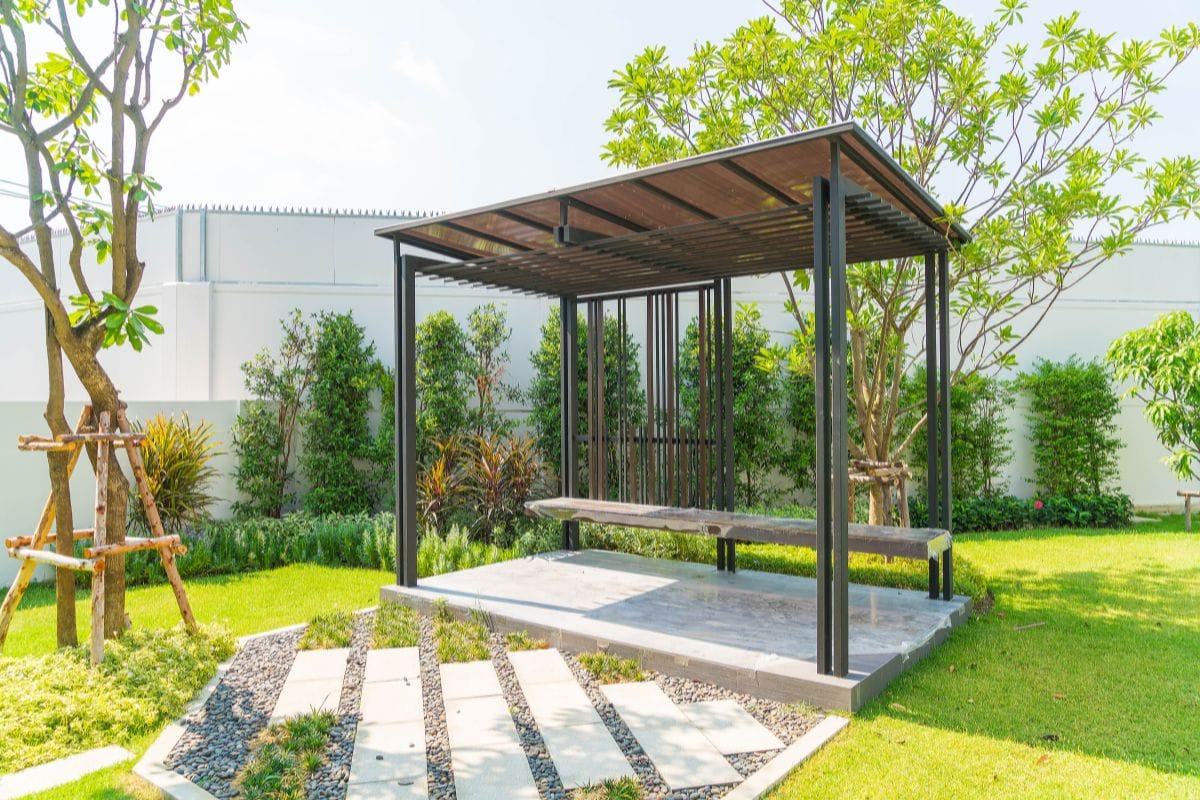
Everyone who loves nature and gardening wishes for a serene garden where they can unwind after a long day at the office or on a leisurely weekend. But, most of us living in the urban jungles that we passionately call metropolitan cities are restricted by the lack of space. If you’re like us and would love to have a garden but don’t have space for it, terrace gardens are your answer.
Rooftop gardens or terrace gardens can help maintain cooler temperatures in and around your home apart from providing access to refreshing greenery. Instead of being restricted to a scattered collection of flowering plants, you can have a lovely outdoor space for relaxation with lawns, lighting, water bodies, and beautiful shaded areas for seating on your terrace with a bit of practical know-how and creative thinking.Here are HomeTriangle’s expert tips on creating a terrace garden of your dreams.
1. Load-Bearing Capacity Of The Roof Slab
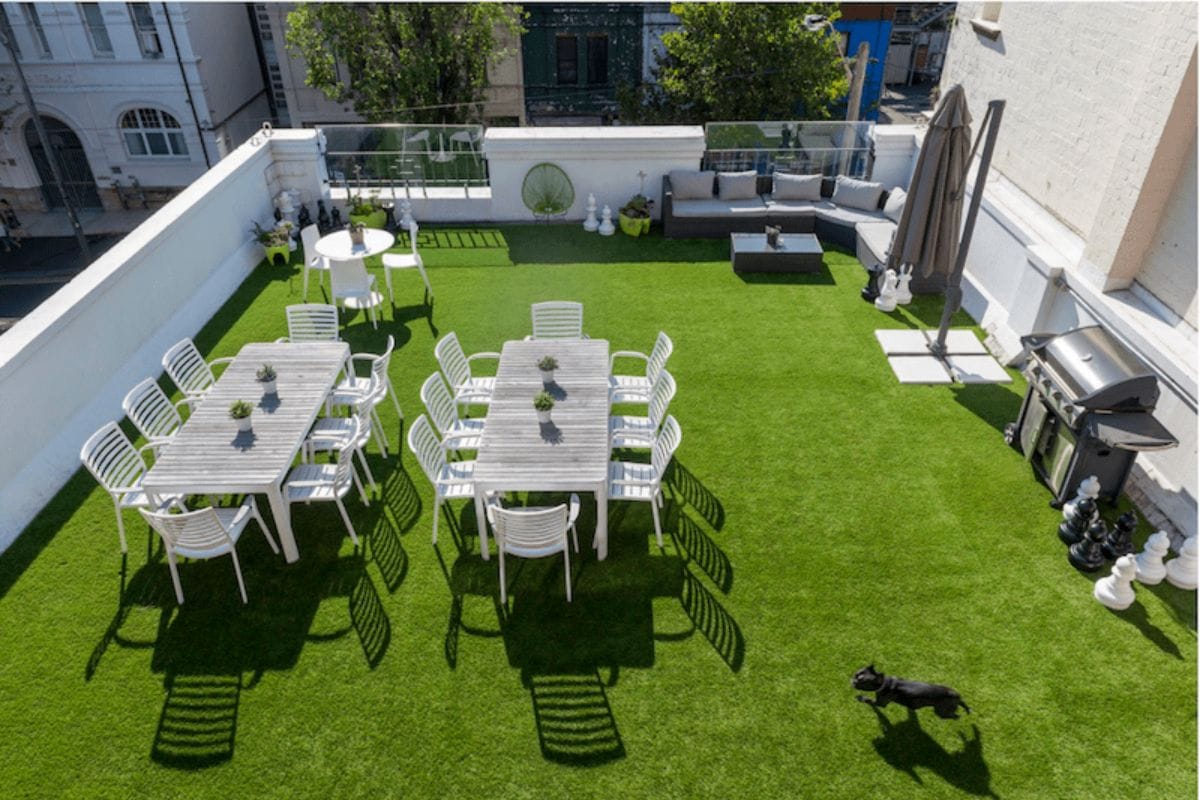
Determining whether if your roof slab is strong enough to withstand a load of a terrace garden, including the weight of the soil, the waterproofing systems, plants, and seating should be your first step. It’s always best to consult a professional to analyze your structural system accurately and decide the right location for your garden depending on the load-bearing walls and columns.
2. Pre-Treatments
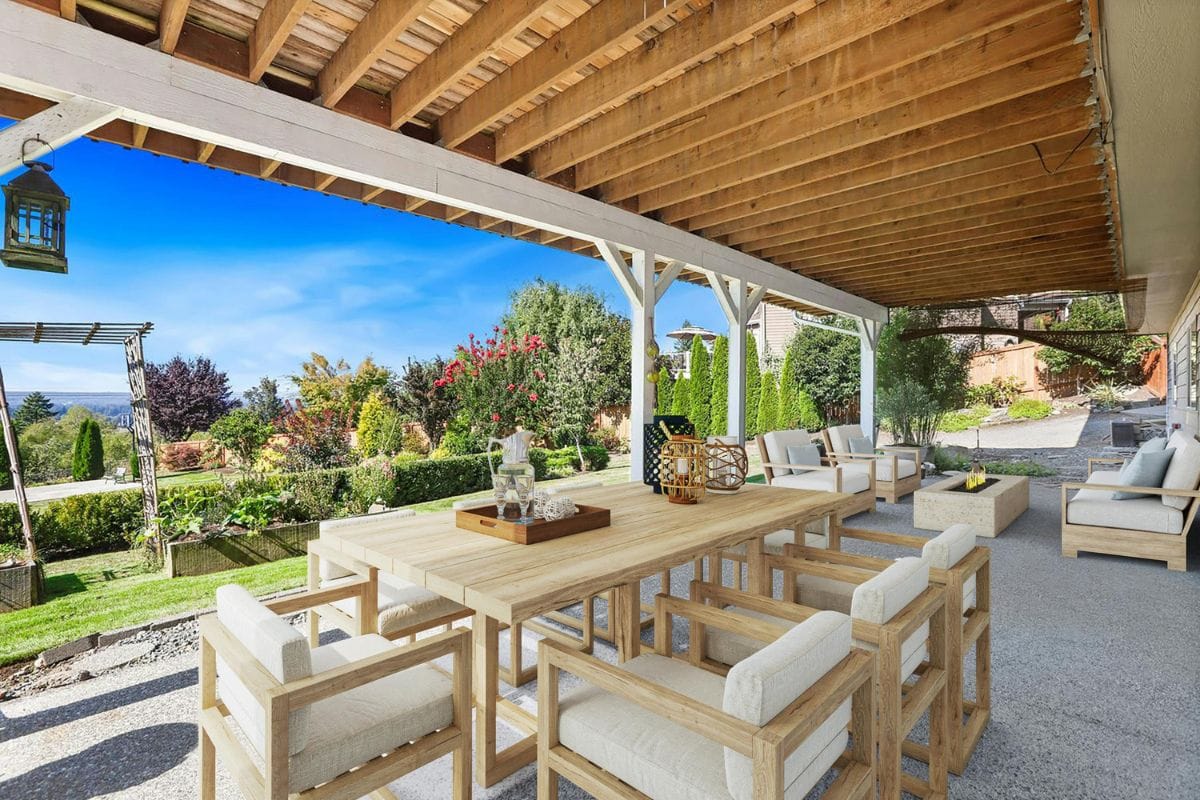
Planning drainage points to prevent stagnation of water is a very important step when building a terrace garden. Water stagnation and the resultant seepage can cause cracks in the roof slab and long-term structural damage. Treat your roof slabs with a thin layer of cement and sand or fine aggregate that makes a smooth and level surface for further treatments called screed concrete and then waterproofed with a chemical compound like bitumen to prevent water stagnation.
If you’re using planter boxes, apply these compounds to them before filling them up with soil. Use a layer of PVC drainage cells topped with a layer of geotextile fabric for efficient drainage. Pour the soil o top of these two layers for optimal water drainage.
3. The Right Soil Mixture
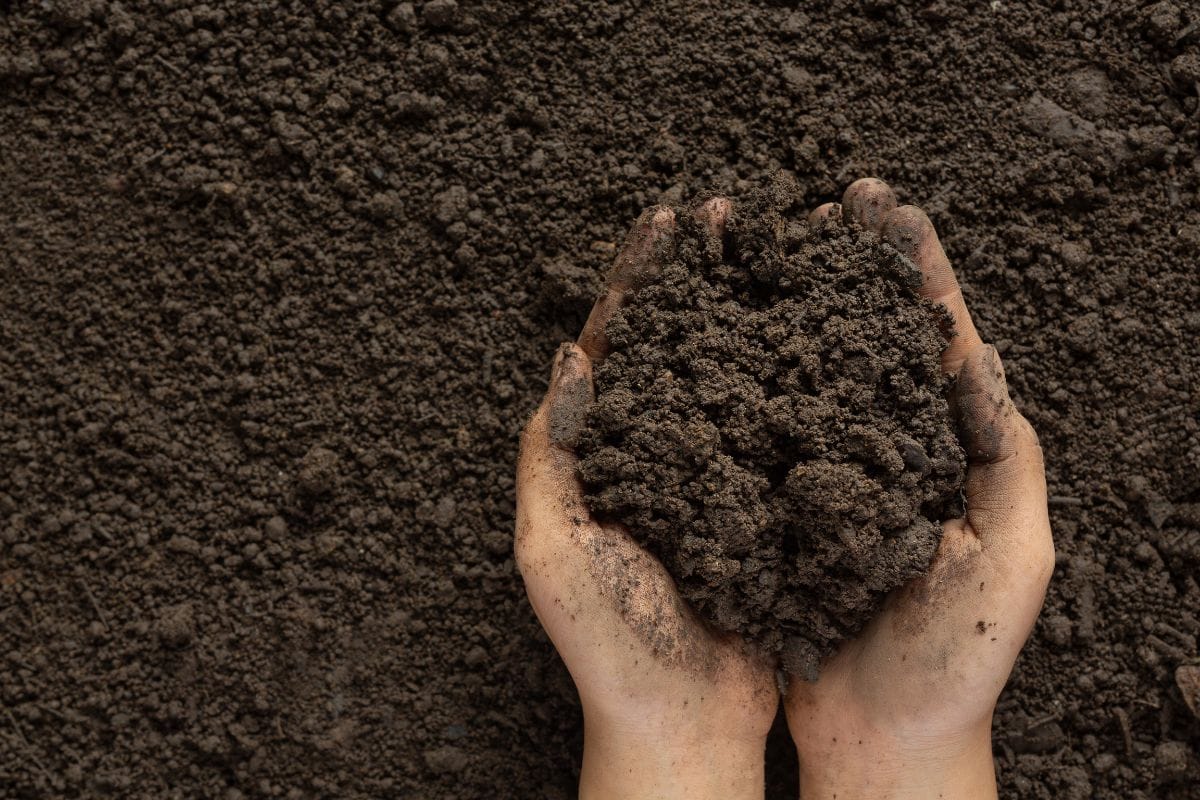
Since the soil needs to promote drainage and be lightweight at the same time, the soil mixture used for the terrace garden is slightly different from the one used for outdoor gardens. The soil needs to be a mix of soil conditioners, fertilizers, and regular garden soil. To enhance water retention and help retain nutrients, people commonly use soil conditioners like vermiculite(silicon-based) or organic fertilizers like coco peat and peat moss.
4. Choose The Right Plants
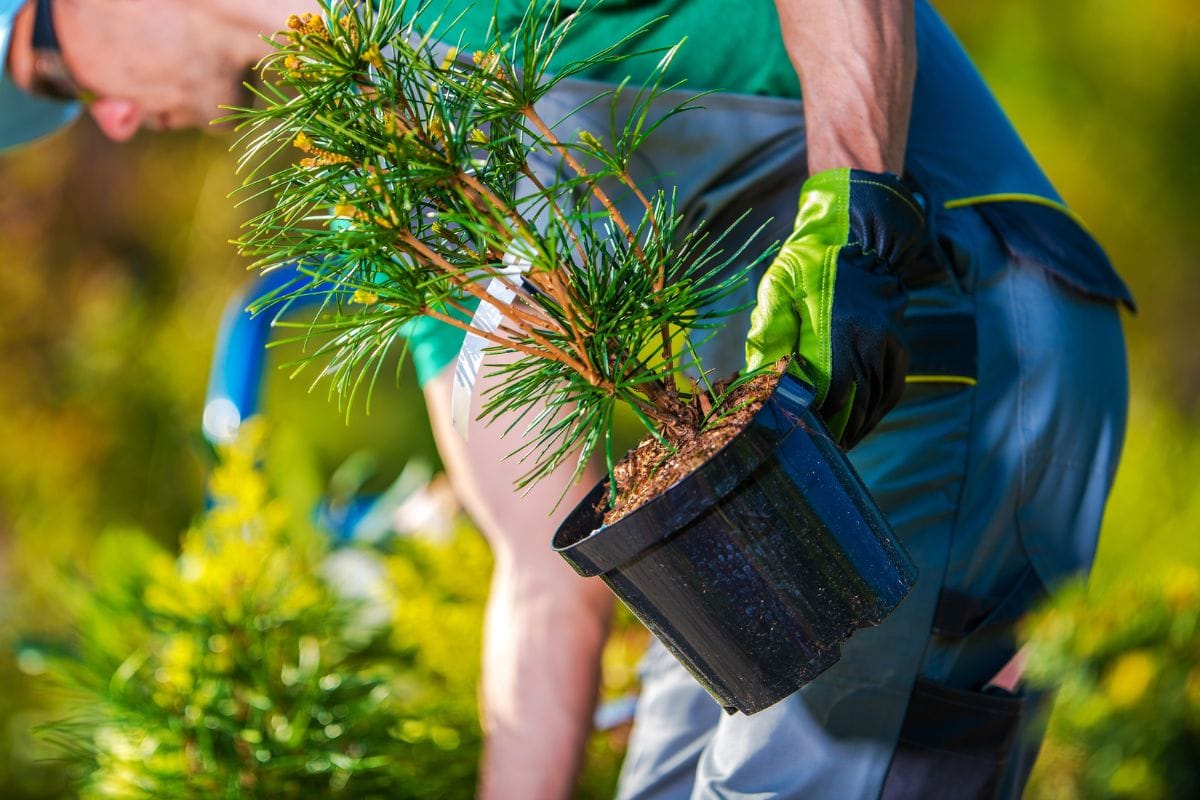
Contact your local nursery and find out what is the best choice of plants for your terrace. Keep in mind that there should an appropriate mix of flowering plants, ground cover, and shrubs to create a beautiful terrace garden. Areca palm (Chrysalidocarpus lutescens), plumbago (Plumbaginaceae), bird of paradise (Strelitzia reginae), yellow trumpet bush (Tecoma gaudichaudi, T. castanifolia), among others are the most common choices for the Indian climate. Small types of verbena (Verbenaceae), monkey grass (Ophiopogon japonicus) and rain lily (Zephyranthes candida, white, and Z. Rosea, pink) and many others are well suited for ground covers.
5. Seating And Aesthetic Elements
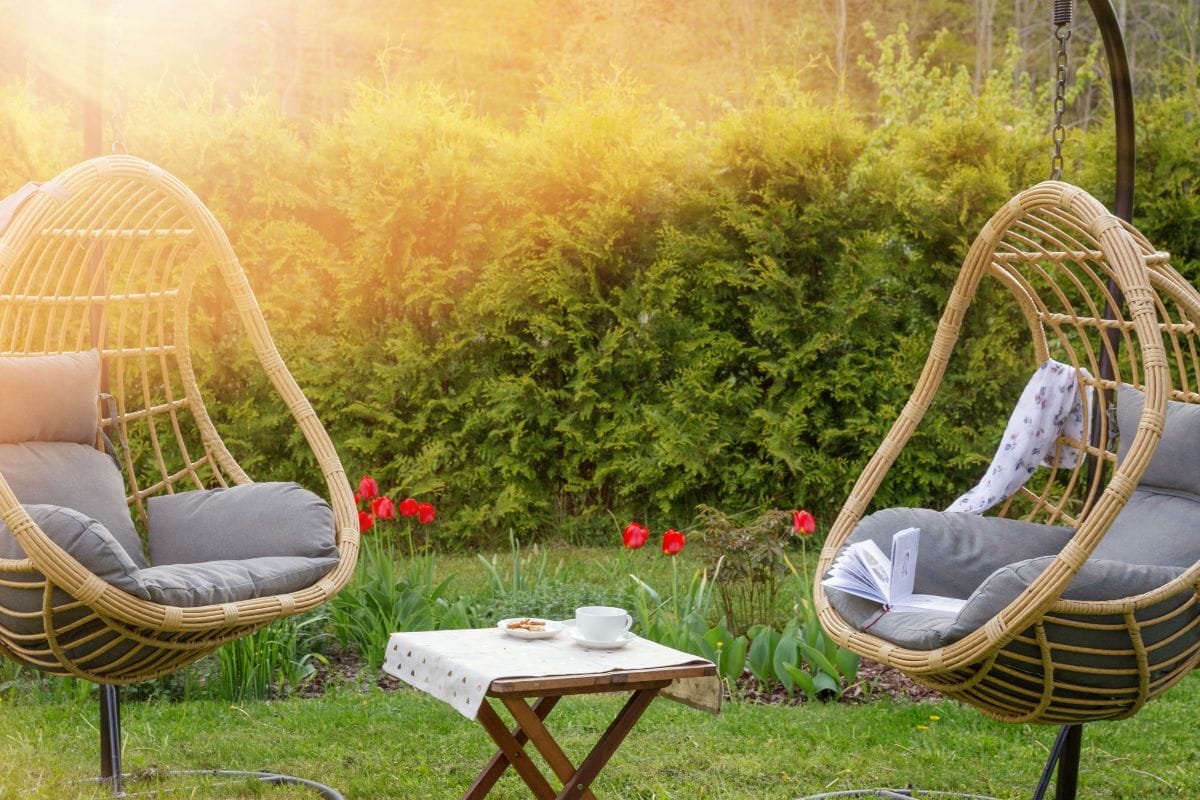
Incorporate seating in appropriate places to enjoy your terrace garden to the fullest. Stone seats are a great option for places with hot climates as they remain cool for the greater part of the day and you can opt for seats made from materials like acacia wood, colloquially referred to as kikar wood for places with cooler climates. We absolutely love movable furniture made from all-weather materials like rattan.
Ornaments like birdbaths, stone urns, and bird feeders can be used to lend an aesthetic touch to the terrace garden along with seating. Water ponds and fountains can also be installed to create a pleasing ambiance in your terrace garden.
6. Lighting
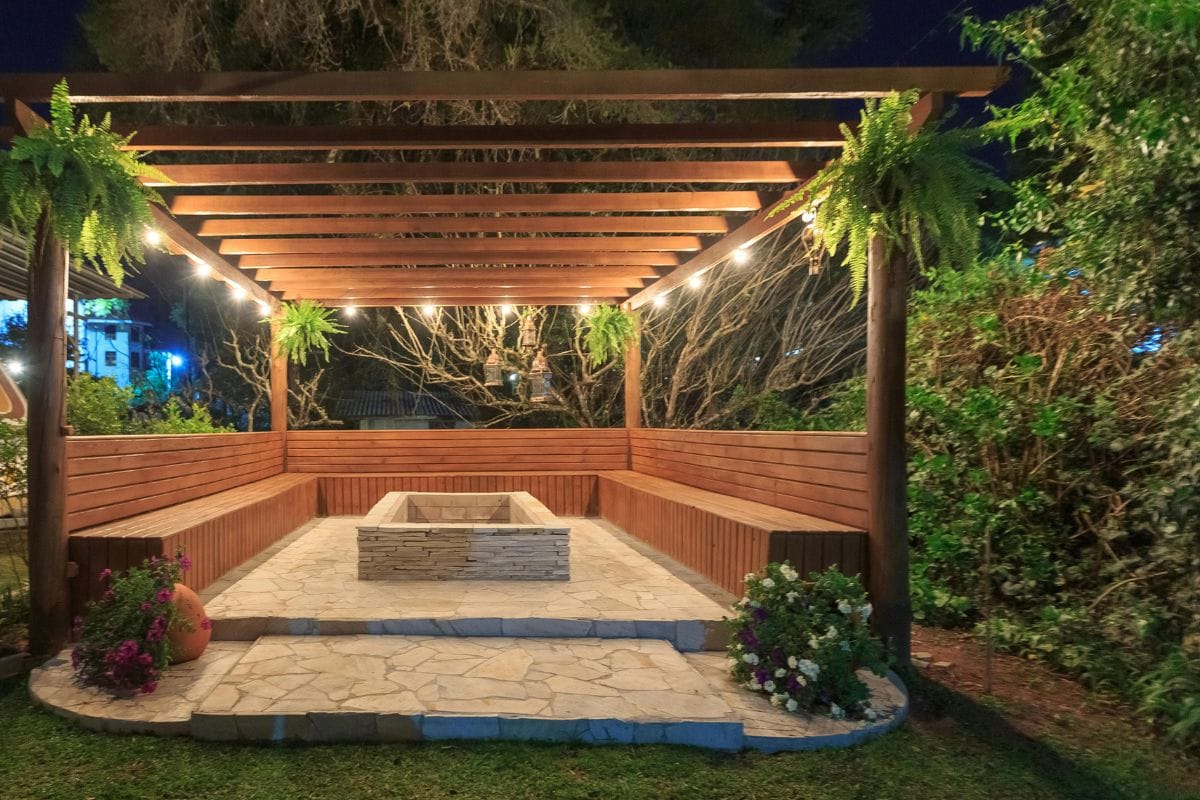
LED lights are a popular option when it comes to outdoor lighting. solar-powered lights are another favorite option for terrace gardens since they have solar panels built into their fixtures and don’t require lighting and are movable.
Uplighting techniques, where lights are installed at ground level and used to illuminate objects from below are also highly recommended. Focused uplighting for shrubs and trees can be used to create a fairytale-like feel in terrace gardens.
7. Care And Maintenance
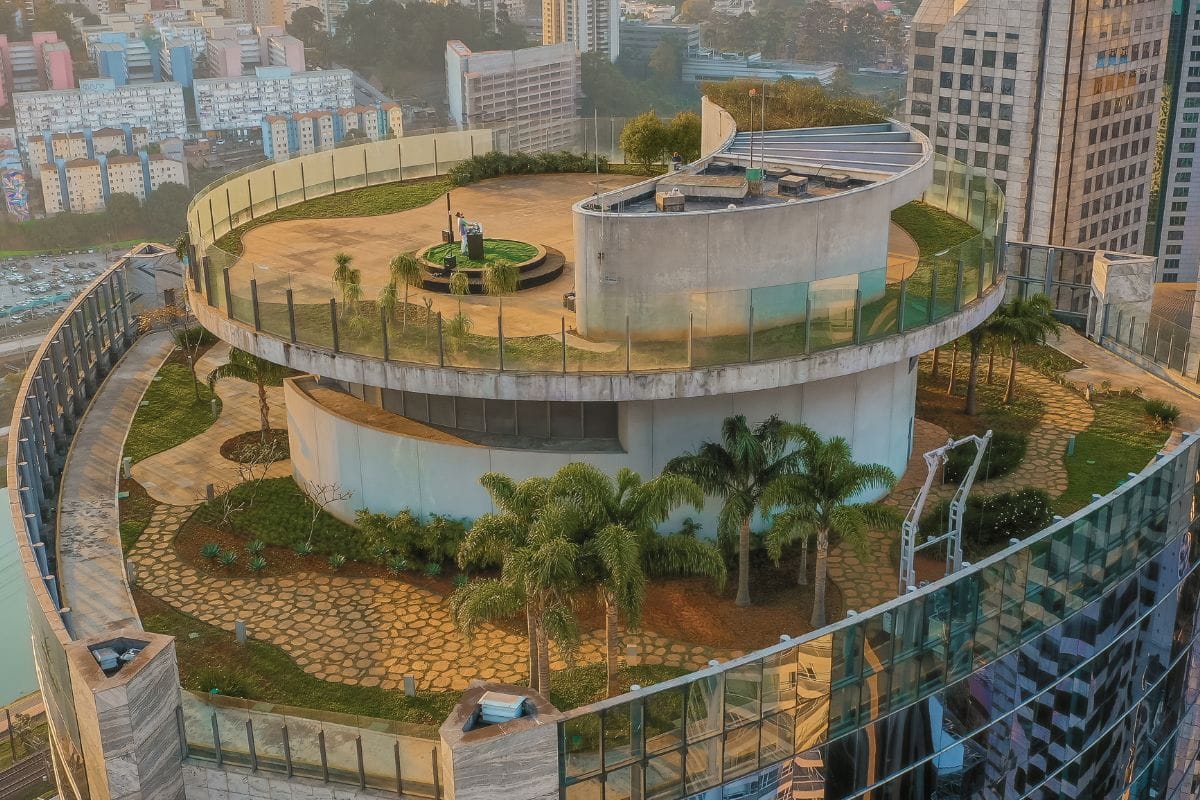
Maintenance is an important aspect of planning all roof gardens. An irrigation system is highly necessary for the maintenance of a fully-fledged roof garden. While a simple sprinkler system is enough for smaller gardens, a combination of a drip and a sprinkler system is necessary for larger gardens. Easy access points to the terrace will ensure that daily care and watering is not an issue. Avoiding planting too many annuals or lawn grasses that require a lot of watering and mowing can ensure lower maintenance.


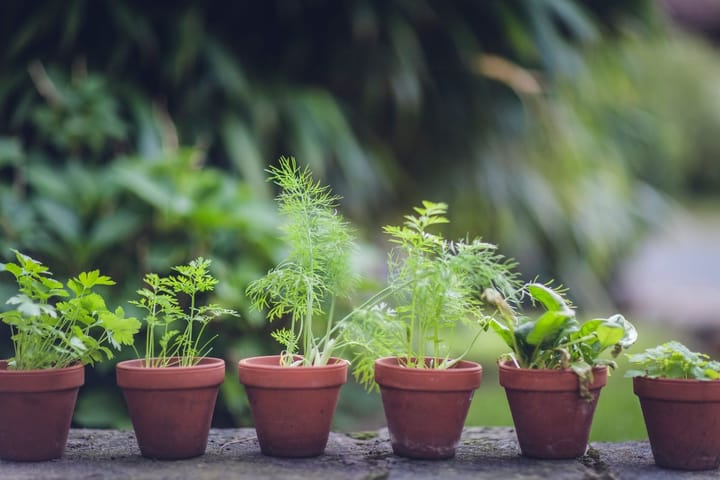
Comments ()